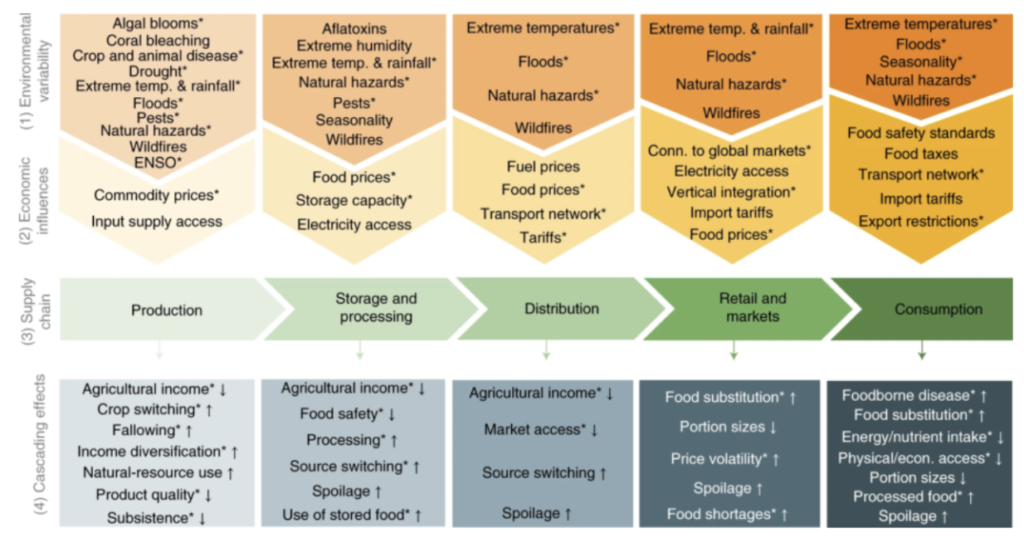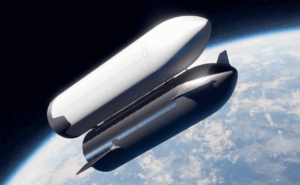The side-effects of global crises
Ukraine and Russia are at war. An often overlooked consequence of the war is the threat to both global food imports and exports, which are currently compromised because Ukraine accounts for 12% of global wheat exports, 16% of corn exports, and 18% of barely exports. Most of these exports go to Middle Eastern or African countries that are reliant on imported food (1). On the other hand, Russia has lower export rates but remains the number one exporter in fertilizer, a product which is key to producing food around the world (2). To understand how severe the global situation is, recall how––in the wake of the 2008 financial crisis and drought in critical grain-growing regions––grain prices sharply rose to over $10 per bushel. Consequently, over 130 million people across the world fell into poverty and an additional 75 million people faced malnourishment (5). As of April, 2022, a bushel of wheat costs $11 which hints at a possible resurfacing of this economic and food crisis (4).

Military conflicts are one of many phenomena that impact the delicate global food supply chain. Different from the food chain encountered in biology class, a food supply chain is the process of how food goes from the fields to the dinner table in either a local or global scale (3). In the 21st century, food supply chains differ for every product and are often mind-numbingly complex. For example, fertilizer from Morocco might be used by Canadian gasoline-powered farming machines to plant corn in America; then the fertilizer might be shipped to Colombia aboard a Greek ship. Food supply chain resilience is thus the ability for a supply of food to remain stable in the face of disaster.
Long and complicated food supply chains have benefits and dangers. The globalization of food supply allows countries to produce what they’re economically or geographically best suited to produce: you can’t grow orange trees in Siberia. However, complex food supply chains are unreliable because the chain can be terminated by a disruption in any link of the chain. However, complex supply chains make sustainable purchasing a challenge. A product’s carbon footprint is the summation of planting, harvesting, processing, storage, transportation, and sale, and many steps make transparency and tracking difficult (5).
The changing climate is a huge threat to food supply chain resilience. The global trend of increasing temperature affects the climate in chaotic ways, resulting in unpredictable variations in the environment all over the globe. Scientists have attributed unpredictable temperatures to droughts, extreme rainfall, natural disasters, blights, pests, animal disease, and many other abnormal causes that affect the food supply chain security (5).
In theory, environmental supply chain disruptions can be improved by temporarily increasing reliance on non-affected regions. Nevertheless, studies recognize, firstly, that climate variations in one region are often connected to variations in other regions, and, secondly, that non-affected regions may not have sufficient crops. The spike in grain prices amid the Ukraine war is an example of an inadequate supply of resources (6).
The key to improving food supply chain resilience is the diversification of food sources. The most efficient way to do so is to rely more on local instead of global production. Sourcing food from local producers can reduce transportation distance, supply chain complexity, and increase transparency and sustainability in the supply chain. Lastly, further research on the climate’s interactions with crops is necessary to improve our understanding and to find solutions.
The world will adapt to the food supply chain disruption brought about by the Ukraine war by shifting our production somewhere else, but the looming damages of possible future conflicts and climate change are still present.
Bibliography:
- Person, & Braun, K. (2022, January 26). Column: Ukraine’s rising role in grain exports complicates impact of crisis. Reuters. Retrieved April 14, 2022, from https://www.reuters.com/markets/us/ukraines-rising-role-grain-exports-complicates-impact-crisis-2022-01-26/
- Published by Lucía Fernández, & 24, N. (2021, November 24). Fertilizers Export Value Worldwide by country. Statista. Retrieved April 14, 2022, from https://www.statista.com/statistics/1278057/export-value-fertilizers-worldwide-by-country/
- Harvard. (n.d.). Lesson 4: What is the Food Supply Chain? – harvard university. Retrieved April 14, 2022, from https://hwpi.harvard.edu/files/chge/files/lesson_4_1.pdf
- Wheat Prices – 40 year historical chart. MacroTrends. (n.d.). Retrieved April 14, 2022, from https://www.macrotrends.net/2534/wheat-prices-historical-chart-data#:~:text=The%20current%20price%20of%20wheat,2022%20is%20%2410.5150%20per%20bushel.
- Davis, K. F., Downs, S., & Gephart, J. A. (2020, December 21). Towards Food Supply Chain Resilience to environmental shocks. Nature News. Retrieved April 14, 2022, from https://www.nature.com/articles/s43016-020-00196-3
- Marchand, P., Gephart, J. A., Kummu, M., Magliocca, N. R., & Tavoni, A. (2016, August 2). IOPscience. Environmental Research Letters. Retrieved April 14, 2022, from https://iopscience.iop.org/article/10.1088/1748-9326/11/9/095009
Image:
- https://www.nature.com/articles/s43016-020-00196-3







Comments are closed.